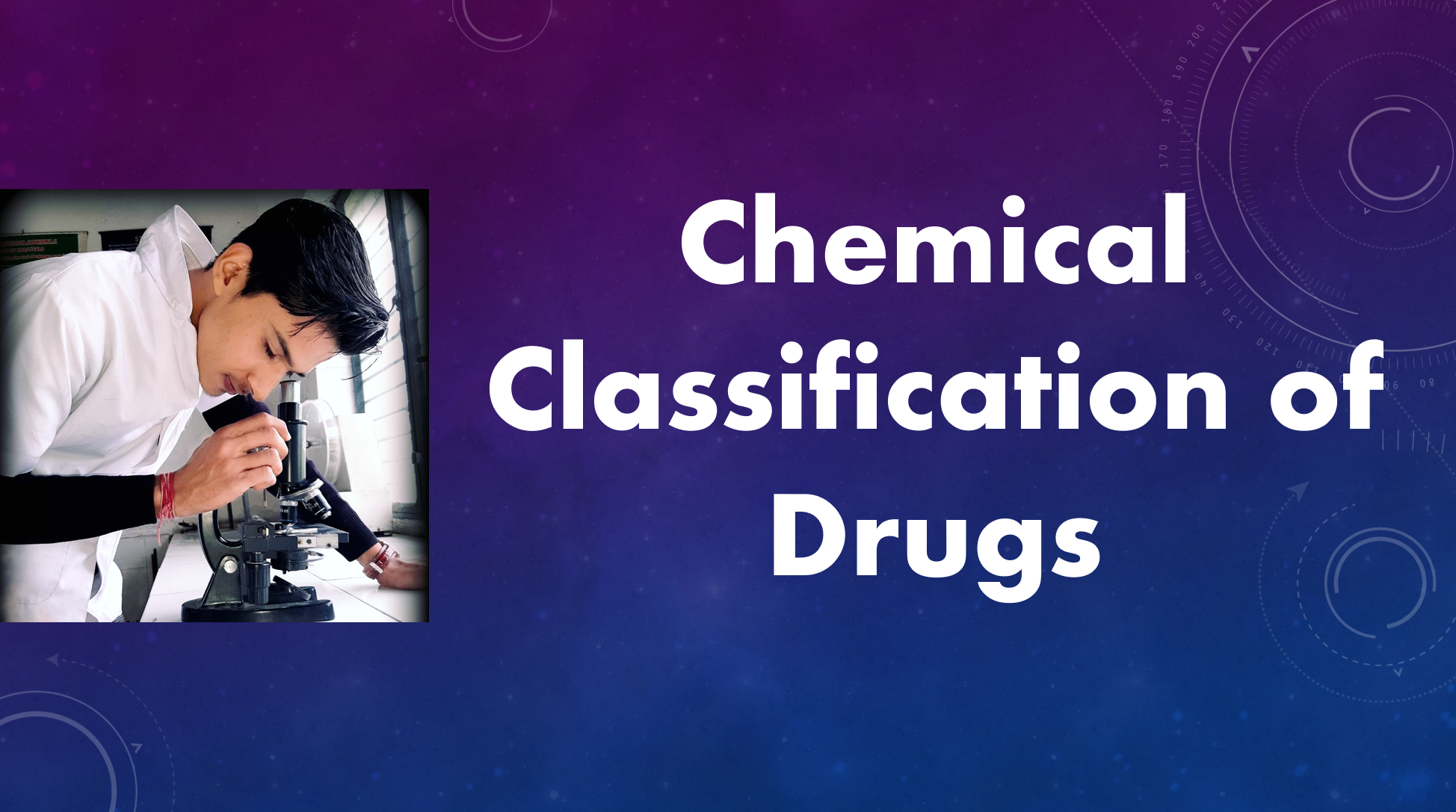Chemo-Taxonomical Classification of Drugs
A chemo-taxonomical classification is an approach to categorizing drugs based on their chemical constituents, specifically focusing on the natural compounds found in various plant, animal, and microbial sources. This system helps understand drugs’ botanical and biological origins and how their chemical properties relate to their therapeutic effects. Here’s a note on the chemo-taxonomical classification of … Read more






